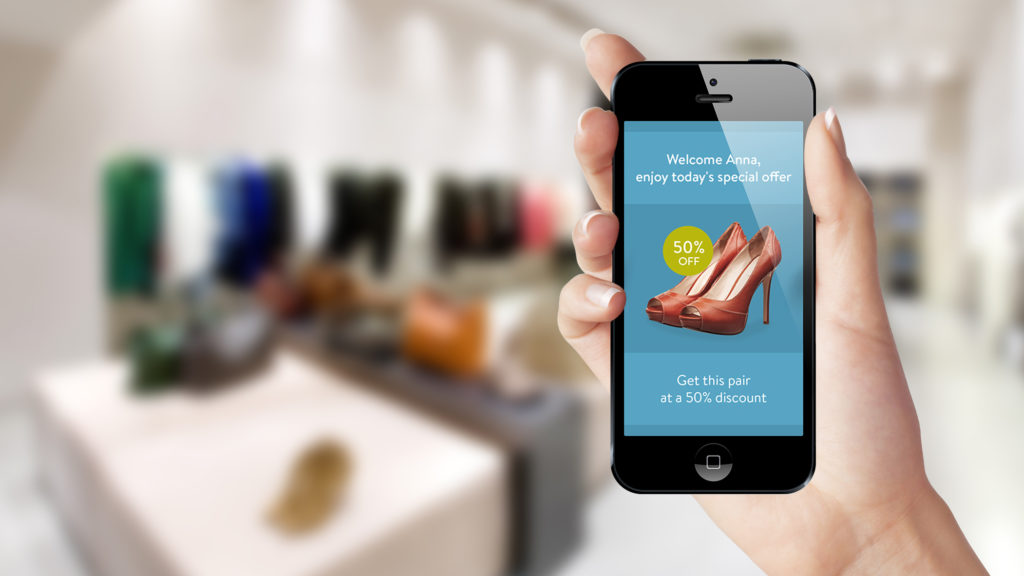Much has been made this week about Apple’s “iBeacon” functionality baked into iOS 7. It wasn’t part of the 5C/5S keynote, it’s more of a wonky technical detail. But some have embraced it with exuberance as an “NFC-killer”.
But first, for the uninitiated, an iBeacon primer. iBeacon is an Apple flavor of Bluetooth Low-Energy (BLE). BLE is pretty much exactly what it sounds like – a new form of Bluetooth that doesn’t drain your battery nearly as fast. The trade-off, though is less data throughput. So no streaming media over it, or even your voice. It is designed to transmit very small packets of information. “What good is that?” you might ask. Well, if that small bit of information is “you are standing in the cereal aisle” or “here is a short URL that links to content relevant to this particular spot” then there could be many useful applications.
With BLE-enabled devices an apps, your device can be always listening for these sorts of cues, and not drop to 0% battery after 2 hours. If your phone is always listening, you are always reachable with contextually relevant ads, offers and other content. And that’s great, as long as what you are pinging people with is relevant enough for them to not mind (or enjoy!) getting it. I’m in the cereal aisle, I get a great offer that is relevant to cereal. I enter the European Masters exhibit at the Met, and my phone is pinged with a link to a synopsis of the exhibit.
BLE is also great for “Internet of Things” applications, such as objects with embeddable sensors. It’s all well and good to have a gadget that absorbs all sorts of great information about your body, or the world around it, but if transmitting that information out so it gets to the Internet drains the battery too fast, your smart object becomes a constantly-recharging pain. With BLE your SmartGadget can relay data to your mobile device (or a base station of some sort), which can in turn bounce that information up to the Internet as needed.
Some have argued this technology could be useful to mobile payments, but I’m not so sure about that. The infrastructure lift is a bit harder in that case, because the base station in the store needs to recognize the unique hardware ID of your phone, and tie that back to a specific basket of goods. Then it would have to recognize that a payment has been made. It’s a lot of moving parts.
With NFC, this equation is simpler because the device tapping the terminal is clearly the one paying for the items in the basket being tallied. While BLE is good at addressing ambient conditions, NFC is optimized for more deliberate and considered actions. In short, while BLE is optimized for a 10 foot radius around you, NFC is optimized for the thing you are touching right now. These don’t supplant each other, they are inherently complimentary.
If you ask five people for explanations of why Apple has not yet embraced NFC, you’ll likely get seven answers. Perhaps the most plausible one is that Apple doesn’t want to take the leap until there are enough tappable experiences out int he world. They don’t want to get everyone excited to go tap things, then go out into the world and find nothing to tap. Better to let Google take the hit on that user experience disappointment, their rationale might go. Or perhaps they really do think it is a passing fad. No one outside Infinite Loop can know for sure, but either way it is important not to read too much into it based on the soft launch of iBeacon technology.
